CEIBA
Ceiba
Mill., Gard. Dict. Abr., ed. 4: 287. 1754; Fl. China @ eFloras.org 12: 301; Chorisia Kunth in Humboldt, Bonpland & Kunth, Nov. Gen. Sp. 5: 295. 1822; Eriodedron DC., Prodr. 1: 479. 1824..
Trees deciduous; trunk swollen and or buttressed, trunk and branches usually spiny. Petiole long; leaf blade palmately compound; leaflets 3-5(-9), shortly petiolulate, both surfaces glabrous, abaxially gray-white, base attenuate, margin serrate or entire. Flowers blooming before or simultaneously with leaf flush, solitary or 2-15-fascicled, pendulous, axillary or subterminal, actinomorphic, rarely zygomorphic, bisexual, hypogynous. Calyx campanulate, truncate or irregularly 3-5(-12)-lobed, thickly fleshy, persistent. Petals 5, pink or yellow white, connate at base and coherent to staminal tube, falling with stamens and style. Stamens (3-) 5-15; filament tube short, sometimes thickened or with sterile appendages, free parts of filaments long to absent, each bearing 2(or 3) straight to strongly twisted thecae. Carpels 5, syncarpous; ovary 5-locular, many ovules per loculus; style filiform; stigma capitate to lobulate. Capsule oblong or nearly obovate, pendulous, woody or leathery, loculicidally dehiscent into 5 (or 6) valves, inner walls densely woolly. Seeds many enclosed in wool.
19 species
Ceiba speciosa
Ceiba speciosa
(A. St.-Hil., A.Juss. & Cambess.) Ravenna., Onira 3: 46. 1998; Chorisia speciosa A. St.-Hil., A.Juss. & Cambess., Pl. Usuel. Bras.: t. 63. 1828; Bombax aculeatum Vell. in Fl. Flumin.: 286. 1829; Chorisia speciosa var. minor Chodat in Bull. Herb. Boissier 7(App. 1): 67. 1899; Chorisia speciosa var. paraguariensis Hassl. in Bull. Herb. Boissier, sér. 2, 7: 176 (1907
Trees up to 25 m in height and 14 m in crown; deciduous; trunk bottle-shaped, generally bulging in its lower third measuring up to 2 m in girth; younger trunk green turning grey with age, branching horizontal and spreading, trunk and branches studded with thick, sharp and conical prickles. Leaves alternate, digitately compound with 5(-7) leaflets. Petioles ca. 3 cm long; petiolules 5-6 mm long, leaflets unequal, lower smaller, upper larger, 5-8.5 cm x 2.8-4 cm, leaflets coriaceous, margin serrate with tip of teeth hard, apex acuminate, base narrow cuneate. Flowers actinomorphic, bisexual, hypogynous, large, 10-16 cm in diameter and ca. 10 cm long, subterminal, solitary or in clusters or racemes; pedicels 1-1.5 cm long. Calyx 2.5-3 cm long, campanulate, thick; tube up to 2.2 cm long; lobes 3-4, 8-10 mm long, triangular, margin ciliate; pale green with red tinge. Corolla of 5 petals, slightly connate at base, petals +/- 10 cm x 3.5 cm, oblong or oblong-obovate, petals creamish-white or yellow at base with chestnut brown/ pink towards tip, spreading or incurved, pubescent on both surfaces, more densely abaxially. Androecium consists of 2 staminal tubes, one inside the other( outer sterile, inner fertile), the outer short ca. 1.5 cm long, 7-8 mm wide, arranged at base, ribbed on outside, with 10-11 sterile appendages ( anthers) arranged in a whorl, appendages villous on upper side, glabrous beneath, tube canal also villous with long white hairs; inner tube long, ca. 6-6.5 cm long, narrow, 4-5 mm in diameter, ribbed, canal hairless, smooth on outside, bearing fertile anthers at tips, generally 5 in number, strongly twisted and coherent in whorl. Ovary sessile, ca. 0.8-1.3 cm long, globose or oval, 5-locular, with many ovules in each loculus; style ca. 6.2 cm long passing through staminal tube and exserted +/- 1.5 cm beyond anthers; stigma capitate, pink. Capsule lignoid, ovoid to ovoid-oblong, ca. 20 cm long, many seeds surrounded by a mass of fibrous, fluffy matter, reminiscent of cotton or silk. Seeds ca. 10 mm x 5 mm, black-brown, ovoid, curved, smooth.
Common Names: Silk Floss Tree, Kapok, Floss Silk Tree
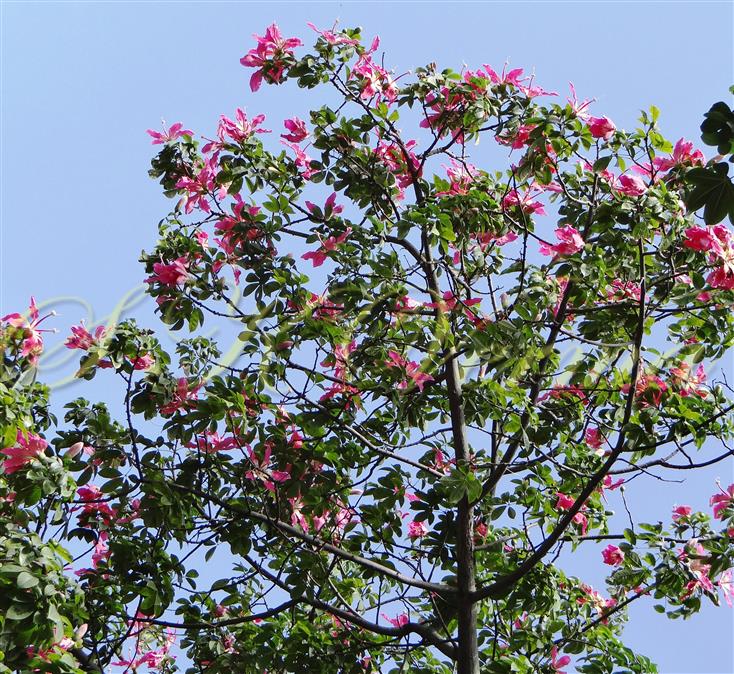
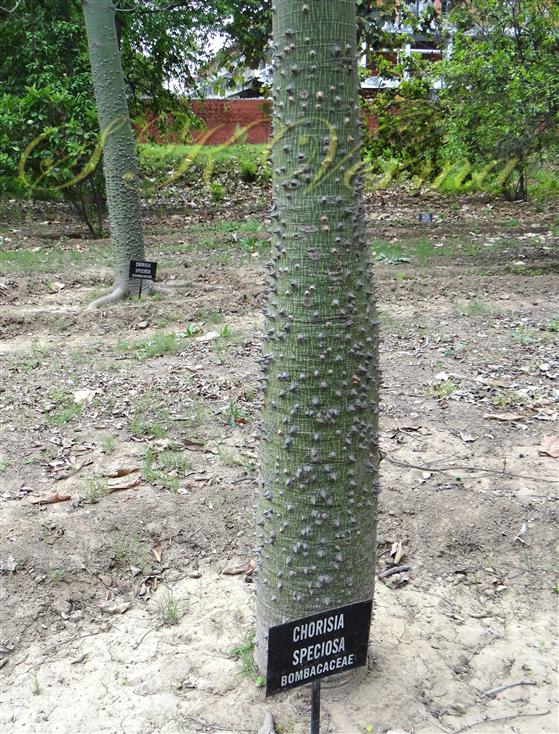
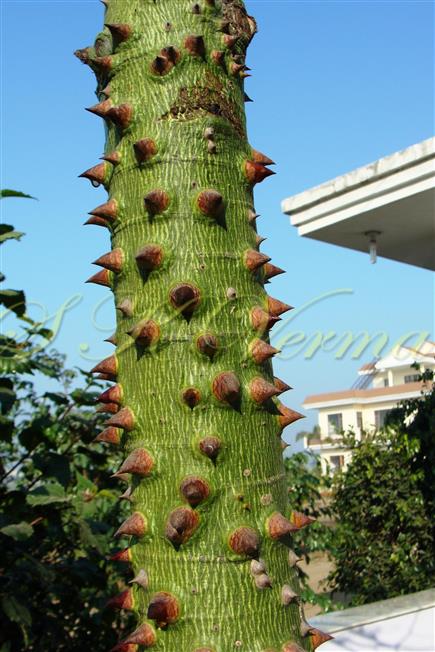
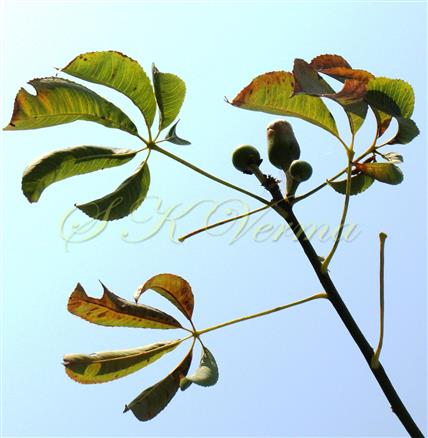
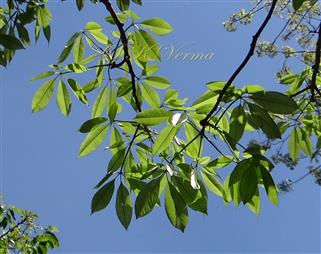
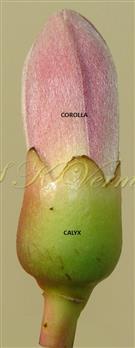
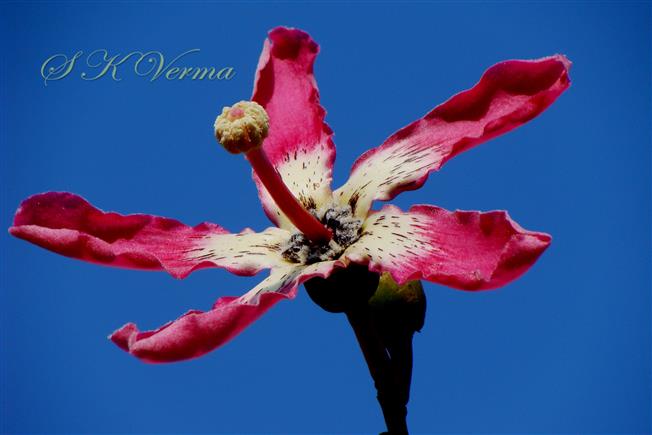
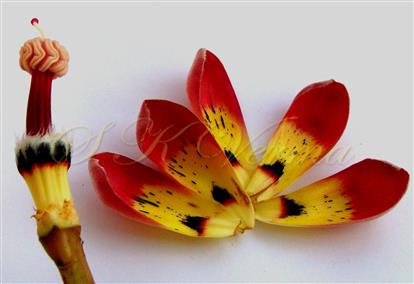
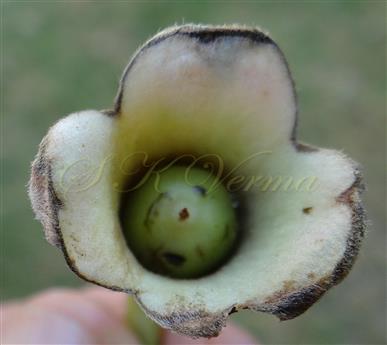
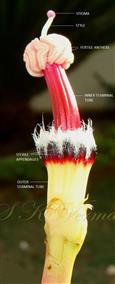
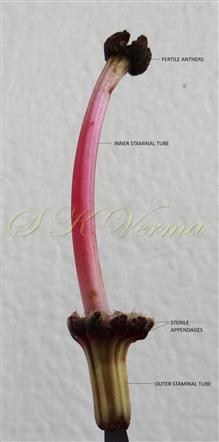
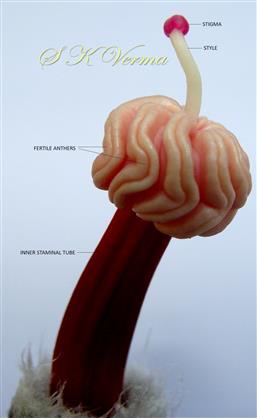
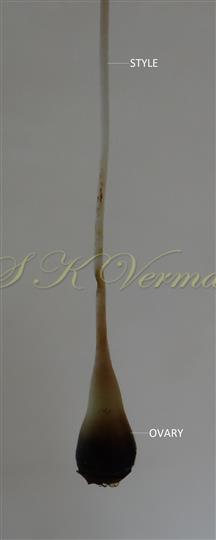
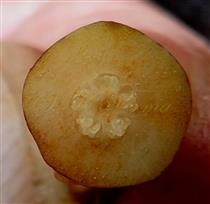
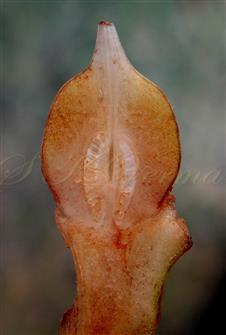
-DSC01442.jpg)
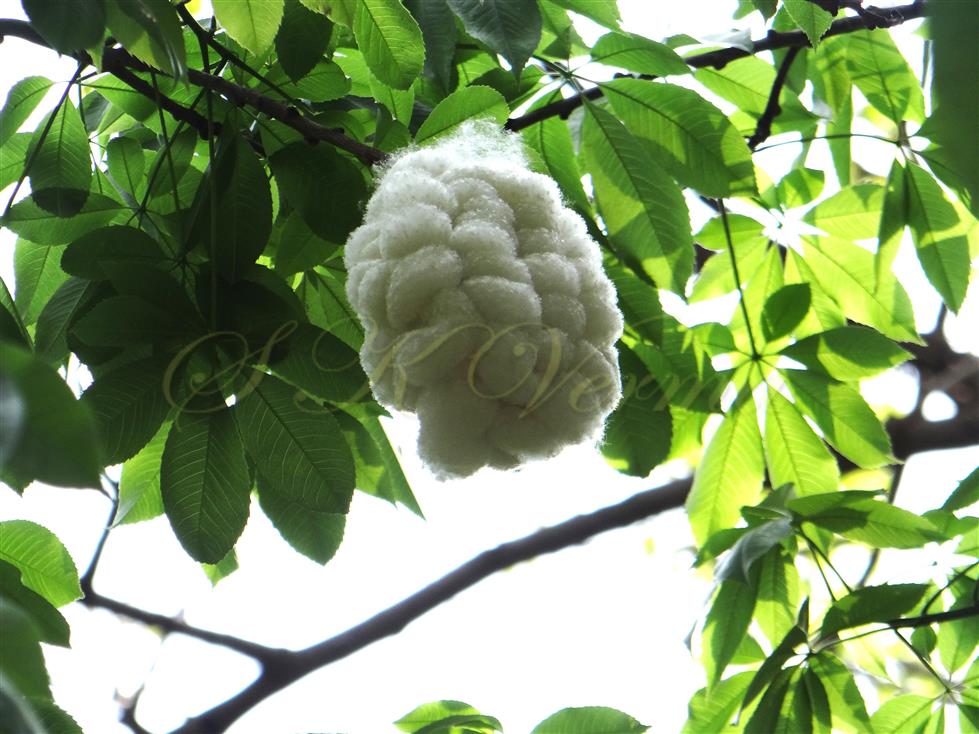

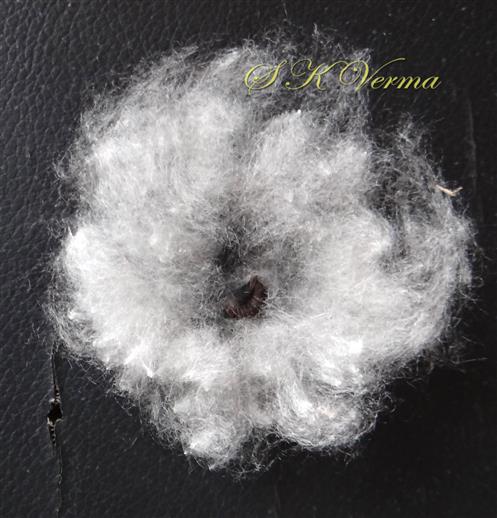
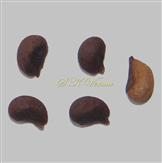
















-DSC01442.jpg)



